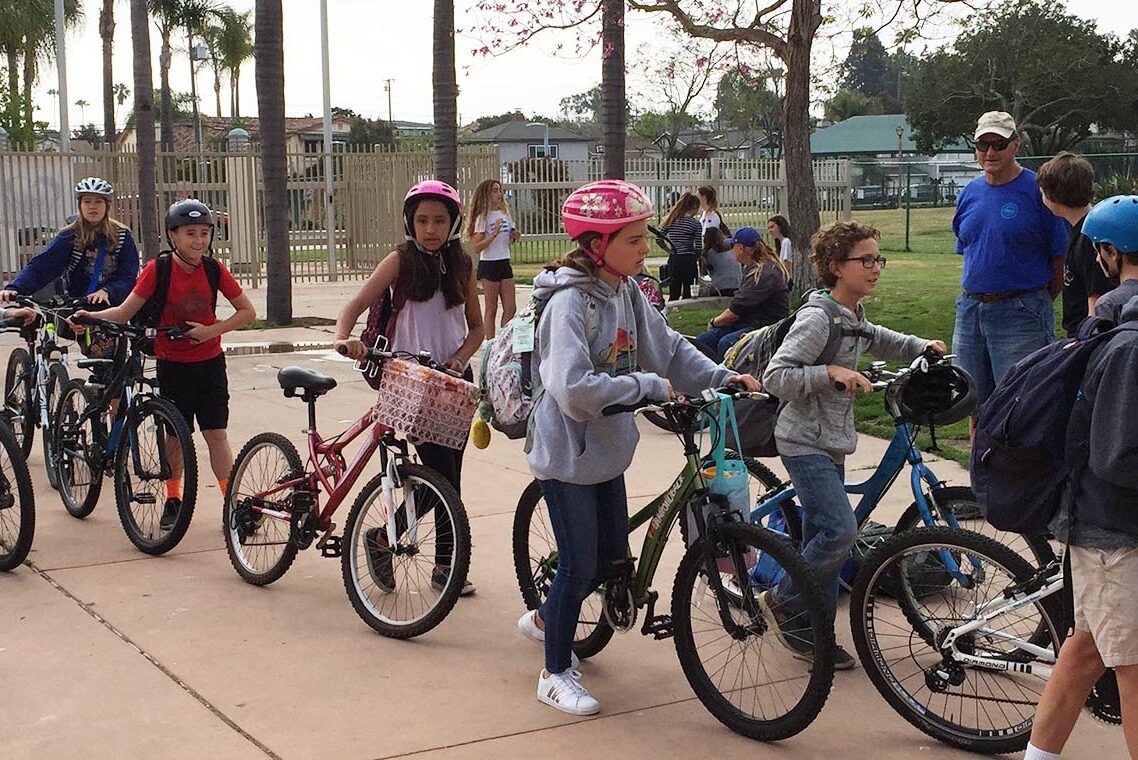- What is naloxone?
- Naloxone is a medication that can reverse an overdose that is caused by an opioid drug, including heroin, fentanyl and prescription opioid medications.
- When administered during an opioid overdose, naloxone blocks the effects of opioids on receptors in the brain and restores breathing.
- What substances does naloxone work on?
- Opioids, a general class of drugs that have depressant effects on the central nervous system known to relieve pain and create euphoria.
- Opioids include:
- Oxycodone (Oxycontin, Percocet, Roxicodone, Percodan)
- Hydrocodone (Vicodin, Lortab, Lorcet, Norco, Zohydro)
- Hydromorphone (Dilaudid)
- Morphine (MS Contin, Kadian, Embeda, Avinza)
- Methadone (Dolophine, Methadose)
- Codeine (Tylenol with Codeine, TyCo, Tylenol #3)
- Buprenorphine (Buprenex, Suboxone, Subtex, Zubsolv, Bunavail, Butrans)
- Fentanyl (Duragesic)
- Heroin
- Other drugs that have been laced with an opioid like fentanyl
- Are naloxone and Narcan the same thing?
- Yes. Naloxone is the medication. Narcan is the brand name of the intranasal spray. Beach Cities Health District’s (BCHD) supply of naloxone is Narcan.
- How is naloxone administered?
- Naloxone can be administered via the nostrils using the intranasal spray, Narcan.
- There is also an intravenous injection form of naloxone that is administered by emergency medical personnel or in a healthcare setting.
- Can you get high on naloxone?
- No. There is no potential for abuse of naloxone.
- Are there side effects to naloxone?
- If a person was truly overdosing on opioids, potential side effects include slight opioid withdrawal side effects (body aches, fever, sweating, restlessness, increased blood pressure, rapid heart rate and nausea/vomiting).
- What happens if someone is given naloxone who is not experiencing an opioid overdose?
- There are no side effects to administering naloxone if opioids are not in a person’s system.
- Do Good Samaritan Laws protect me if I administer naloxone?
- In California, the Good Samaritan law protects individuals who administer naloxone to someone who has overdosed and those who seek emergency medical help for an overdose.
- How can I get naloxone?
- Narcan is available over the counter for purchase at drug stores, convenience stores, grocery stores and gas stations, as well as online.
- The National Harm Reduction Coalition has a Naloxone Finder, a vetted list of programs for community-based naloxone that is free and intended for people who use drugs.
- Visit allcove Beach Cities (514 N. Prospect Avenue, 4th floor, Redondo Beach, CA 90277) and ask the front desk for a free naloxone kit.
- Does Narcan expire?
- Yes. Narcan has a 3-year expiration date. Be sure to check the expiration date on the package.
- What do I do with expired naloxone?
- Contact an organization like NEXT Distro that may be able to redistribute to high-risk communities. Expired naloxone is better than no naloxone.
- Do I still need to call 9-1-1 if someone begins breathing after administering naloxone?
- Yes. Naloxone only lasts for 30-90 minutes so it is possible the person may go into respiratory arrest again due to the opioids still in their system.
- Is one dose of naloxone enough to reverse an opioid overdose?
- It depends on the amount of opioids in a person’s system. Often a second dose is needed to restore breathing. The Narcan kits distributed by BCHD have two doses.
- Wait 2-3 minutes after the first dose is administered, if the person has not become responsive administer the second dose.
- Are there age restrictions for Narcan?
- No. Narcan can safely be given to people of all ages, from infants to older adults.
- How do I store naloxone?
- Narcan should be stored at room temperature (between 68°F and 77°F) and should be protected from direct sunlight. Short exposures to temperatures as low as 41°F and as high as 104°F should not affect the efficacy or shelf life.
- It is not recommended to keep in the car since the interior temperature is likely to exceed 104°F many months out of the year in southern California.
- If word gets out that I have naloxone, won’t that increase the likelihood of drug use because a person knows there’s an antidote available?
- No, there is no evidence that shows drug usage increases because of having naloxone available. It’s best to err on the safe side and be prepared in the case of an emergency.
- Why should I carry naloxone?
- Anyone can carry naloxone, give it to someone having an overdose and potentially save a life. Bystanders such as friends, family, non-health care providers and persons who use drugs can reverse an opioid overdose with naloxone.
- Do I need to be trained to administer naloxone?
- It is not required but is recommended. Reach out to BCHD’s Substance Use Prevention Coordinator (nicole.lunde@bchd.org) to inquire about training opportunities and in the meantime watch the California Department of Public Health’s training video here.
Sources: California Department of Public Health, 2023a; California Department of Public Health, 2023b






